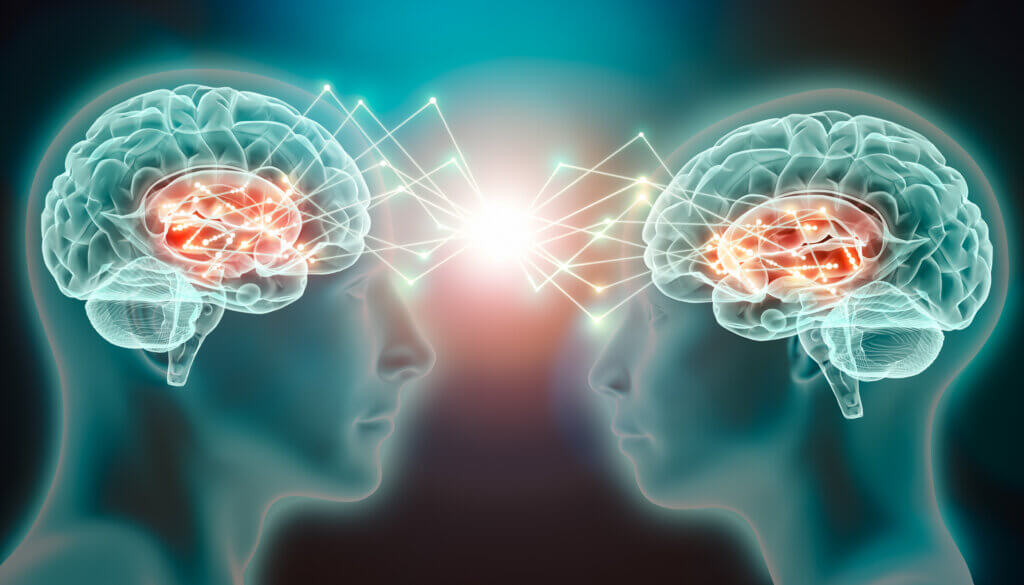“Why Do Flies Make Smart Choices? It’s All in the Brain!”
Have you ever wondered why you choose one thing over another? Well, it turns out that even tiny creatures like fruit flies make decisions based on their expectations of getting a reward. Let’s dive into the fascinating world of decision-making in the animal kingdom and how researchers are unraveling the secrets hidden in their brains.
Imagine you’re a record collector like James Fitzgerald’s brother-in-law. You have a favorite record store where you often find the best vinyl for your collection. However, sometimes you come out empty-handed, so you decide to visit another store across town. You make a calculated choice, weighing the likelihood of finding a gem in each store. This decision-making process is what scientists call “matching.”
Matching behavior isn’t unique to humans; it’s widespread in the animal kingdom. Creatures like mice, flies, and pigeons do it too, but how exactly does it work in their brains? Researchers at HHMI’s Janelia Research Campus, including Ariel Rokem and Glenn Turner, set out to unravel this mystery.
They focused on fruit flies, known for their well-studied and mapped brains. Adithya Rajagopalan, a Janelia Graduate Scholar, led the experiment. They designed a clever test where a fly had to choose between two odors, each with a different probability of reward. One odor might lead to a reward 80% of the time, while the other had a 20% chance of a reward.
What did they find? Just like James Fitzgerald’s brother-in-law choosing between record stores, fruit flies learned to expect rewards based on their past experiences. If an odor led to an 80% chance of a reward, the fly would choose it 80% of the time. This behavior became known as “matching.”
The researchers traced these decisions back to specific synapses in the fly’s brain, particularly in a region called the mushroom body. This part of the brain is responsible for learning and memory. Using their findings, they created a model that explained how the brain carries out matching behavior.
In this model, synaptic connections in the brain change based on the difference between expected and received rewards. This means that when a fly learns that an odor leads to a high chance of a reward, the synapses in its brain strengthen. On the flip side, if the reward is less likely, the synapses weaken. It’s like the brain is constantly adjusting its connections to make smarter decisions.
So, why does this matter? Understanding how simple brains like those of fruit flies make decisions can help scientists understand decision-making in larger animals, including humans. This knowledge can be crucial because decision-making can go awry in conditions like addiction.
As Adithya Rajagopalan puts it, “The kinds of ideas and the theoretical framework that we have identified in this paper feel like a seed for evolution to build on in larger organisms, where more layers are added to allow for more complex behaviors.”
In a nutshell, even the tiniest creatures like fruit flies have incredible decision-making abilities, and by studying their brains, scientists are getting closer to unraveling the mysteries of our own decision-making processes. Who knew that the secrets of smart choices could be found in a fly’s brain?













